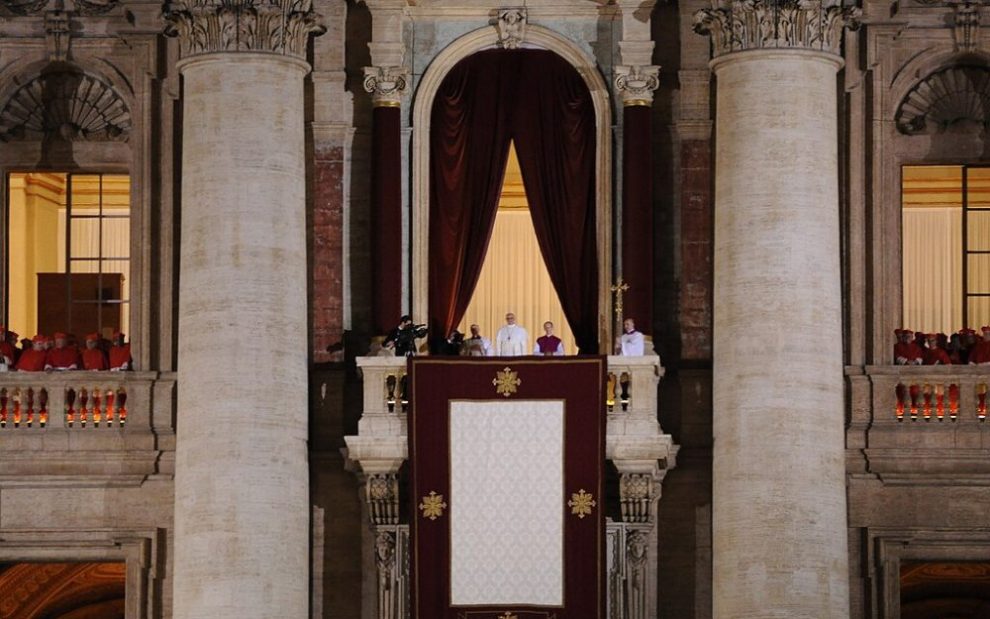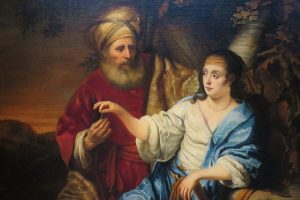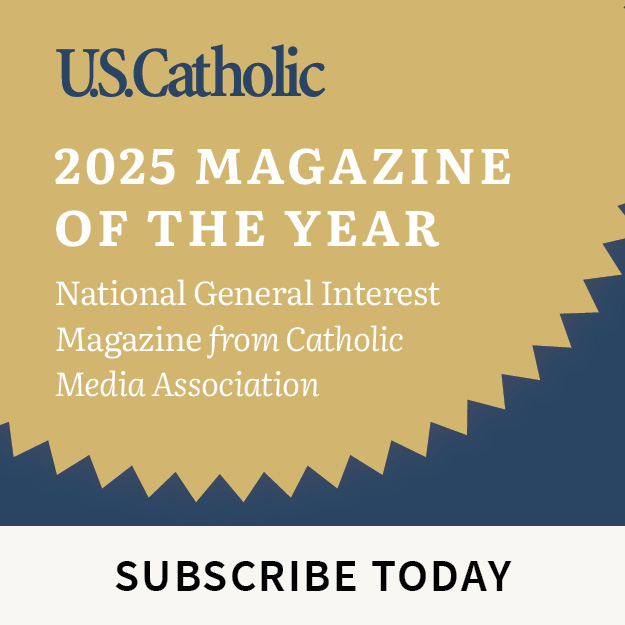They say the church is not a democracy…but it still hosts historically important elections.
Councils, synods, and even parishes often employ democratic norms in their decision-making processes. But, as recent cinematic releases attest, no voting within the Catholic Church draws the world’s attention quite like the election of a pope.
The College of Cardinals is responsible for this task. Their conclave begins 15 to 20 full days following the office of the papacy becoming vacant. In the meantime, the cardinals assemble in Rome and, unless the pope has retired, typically participate in the funeral of the pope nine days after his death.
During this time, the cardinals are also responsible for maintaining the necessary functions of the Vatican. Most office holders appointed by the previous pope are automatically discontinued upon a papal vacancy. The cardinals are not permitted, however, to act with any powers reserved for the papacy that have not been granted by a former pope as necessary during the transition. Responsibilities or decisions falling under the powers of the papacy must wait for a new pope to assume the office.
The most significant clarification of the election process in recent history comes from Pope St. John Paul II. His 1996 document, Universi dominici gregis (On the Vacancy of the Apostolic See and the Election of the Roman Pontiff), clarifies the existing processes while revising some aspects of the process. For example, new popes can no longer be elected through popular acclamation as had happened in centuries past. Rather than being subject to the emotion of the moment, John Paul II’s process prizes privacy and thoughtful discernment.
Ordinarily one vote above a two-thirds majority is required to elect a new pope. However, John Paul II provided a pathway to election through a simple majority if a stalemate persisted after several cycles of balloting and mandatory days for prayer and discernment. John Paul II’s new rule did not last long. Benedict XVI returned to the absolute two-thirds majority requirement in his 2013 update to John Paul II’s norms.
Secrecy is also a key component of the process. Although it can be the source of public intrigue, this is directed primarily at limiting the influence of any outside pressures that could influence voting. The cardinals are sequestered within the Vatican City State, their communication is limited, and the Sistine Chapel is professionally swept to detect any recording or listening devices.
Many of the voting processes are also articulated in significant detail. John Paul II went so far as to provide specific instructions on the shape of the ballots, how to write on them, how they are to be folded, and even where the needle is to be inserted when binding the counted ballots together by a string.
Results of each round of voting are announced via smoke after the ballots and all other notes are burnt. White and Black smoke are created by chemical additives burnt in a dedicated stove. White smoke indicates a successful election.
The papacy is filled when a successful election is followed by the candidate freely accepting the office. The candidate provides his new papal name to the cardinals and from that moment on assumes the full authority of the office. A public announcement in St. Peter’s Square traditionally follows in relatively short order, where the world learns the identity of Peter’s most recently elected successor.
Image: Wikimedia Commons/Tenan (CC BY-SA), Pope Francis’ first address after being elected













Add comment